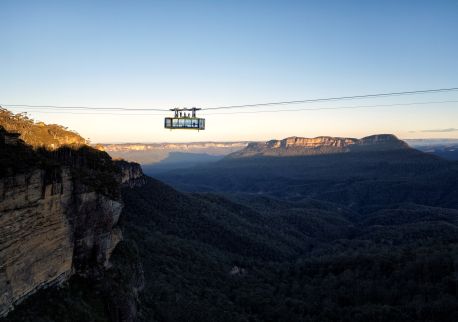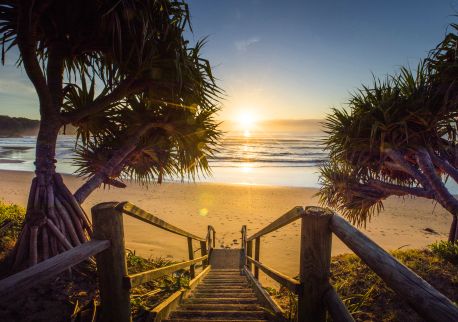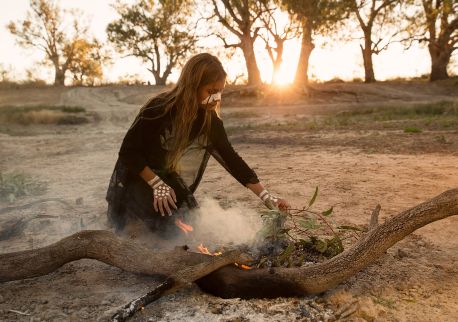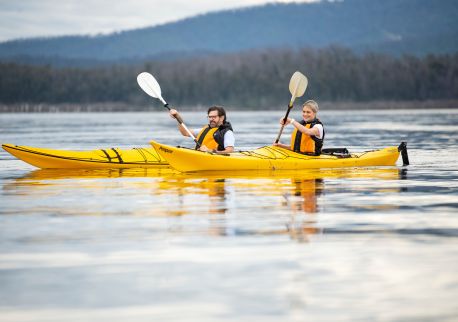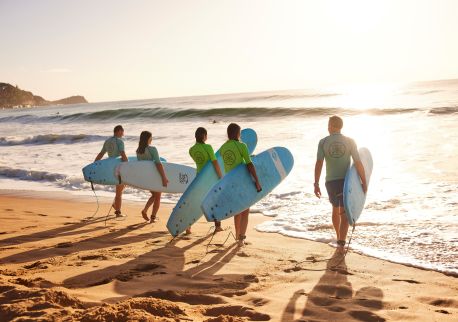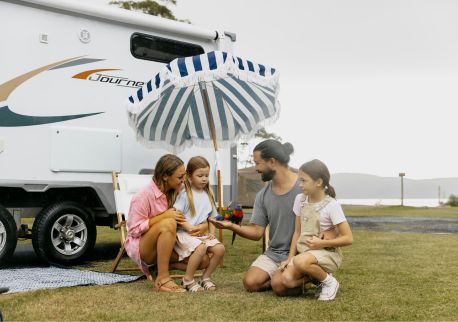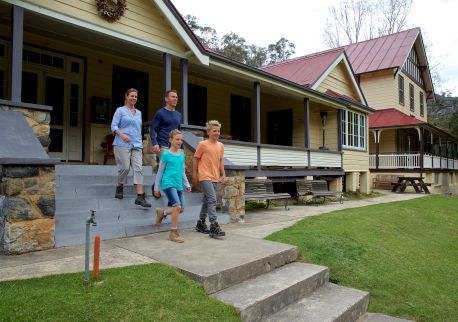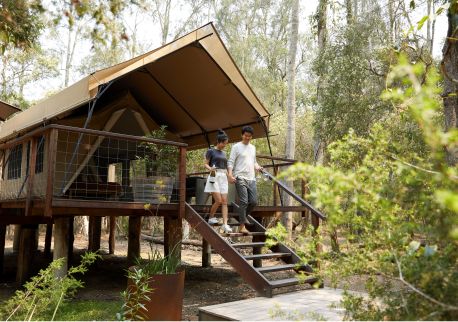Nooroo Garden Mount Wilson
Highlights
Overview
Nooroo means 'shady place' and was built and planted in 1880 by William Hay whose original work gives the garden its air of maturity. The house was built from local pit-sawn timber and is typical of its period.
The Valder family owned the property from 1917 to 1992 and during their time, an old tennis court was converted into its world-famous wisteria garden.
The court contains a collection of 28 standard wisterias ranging in colour from white to deep purple. The wisteria court looks its most magnificent in late October each year.
Since 1992, the Barrett family have lovingly maintained the existing garden and created large new garden rooms that are sympathetic to the original garden.
The garden boasts amazing Autumn colour from the original oaks, chestnuts and ash (some of which are over 140 years old!) augmented by a wide variety of maples and other deciduous trees.
Depending on when you visit, you may catch a glimpse of thousands of the bluebells and nerines that underplant many of the mature trees. In Spring, daffodils, camellias, magnolias and rhododendrons bloom throughout the season and the rose gardens are a stunning feature.
The huge banks of mollis azaleas are also an incredible sight. The garden boasts extensive beds of bluebells, daffodils, crocus and other bulbs - truly a sight to behold in early Spring.

